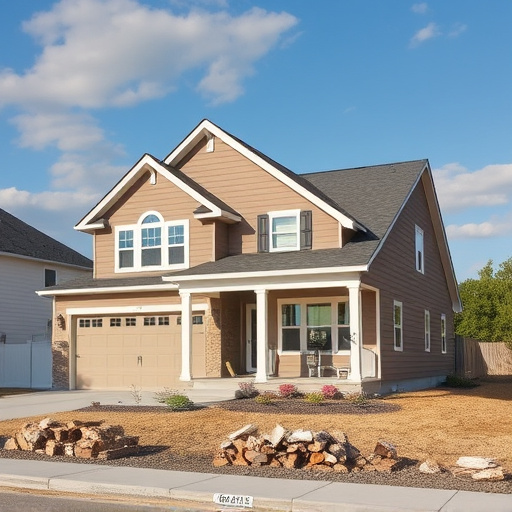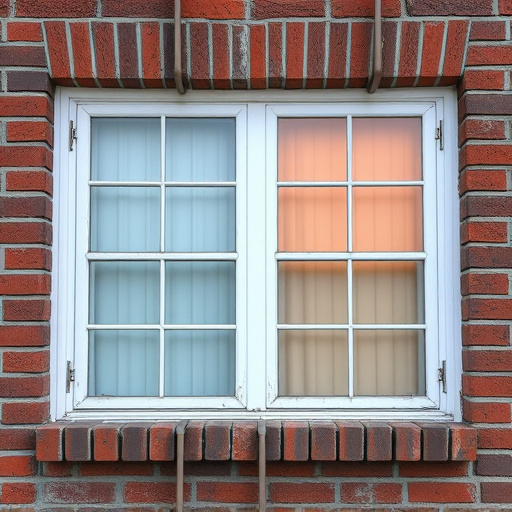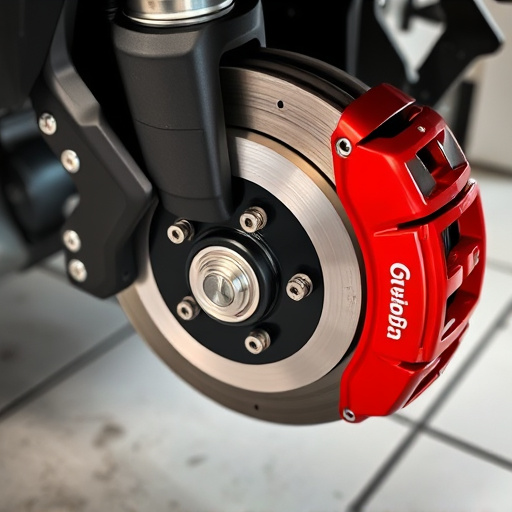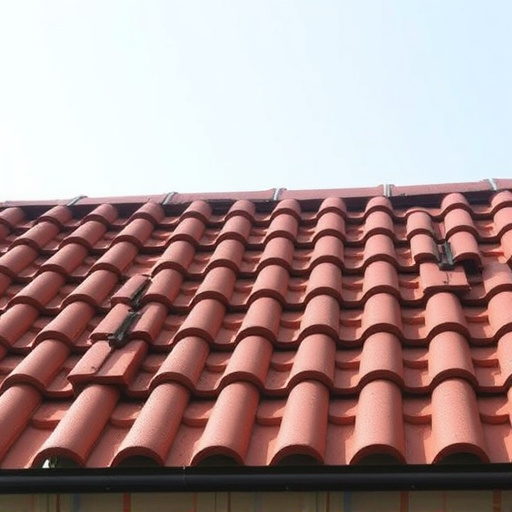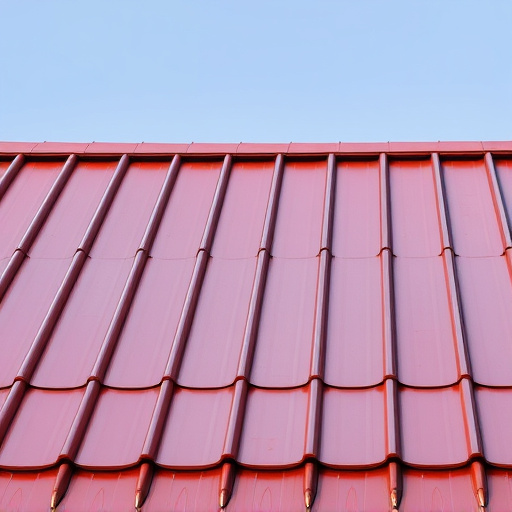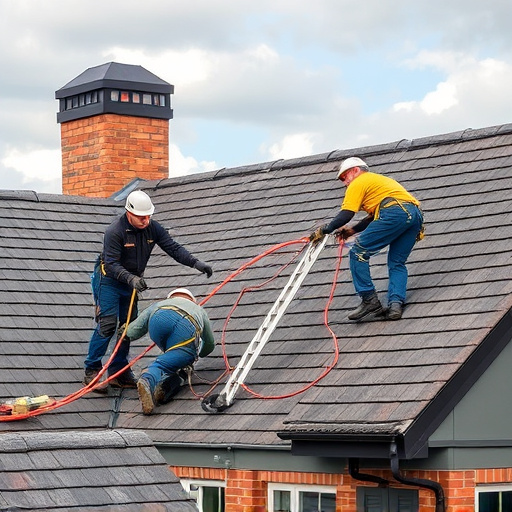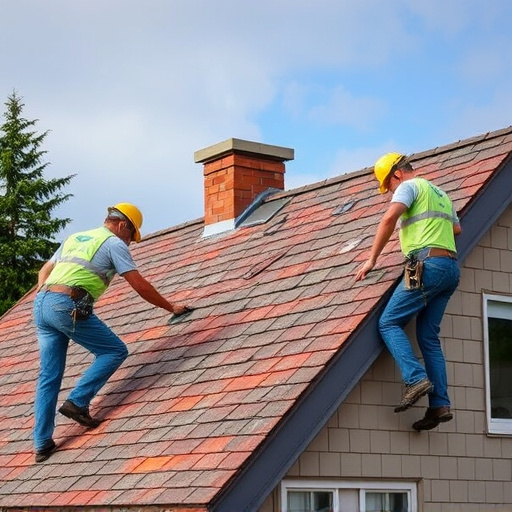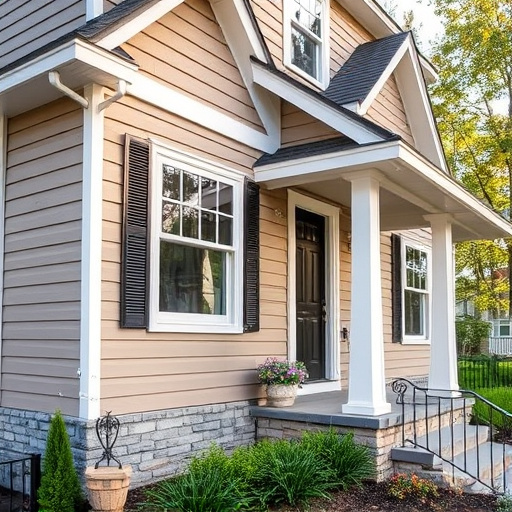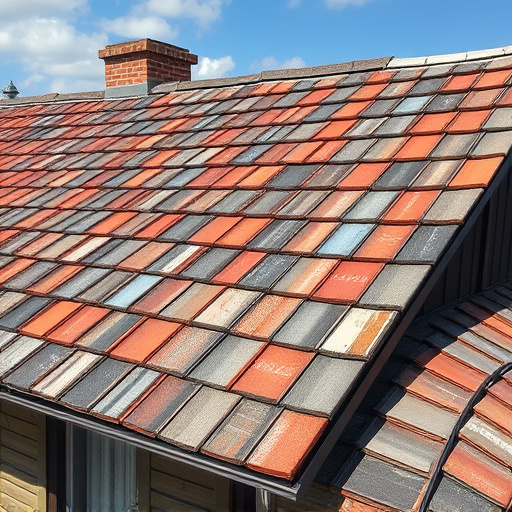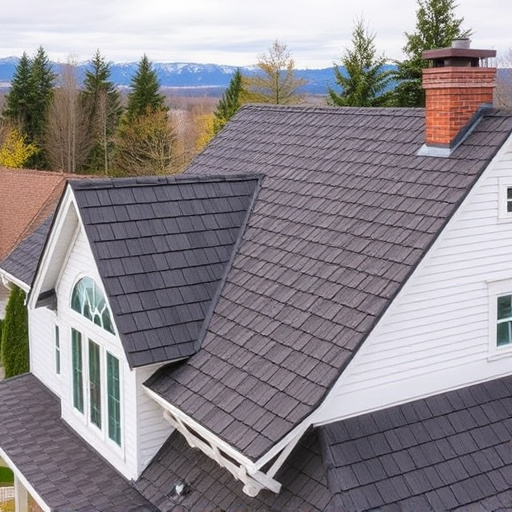Thoroughly assess and prepare damaged areas for siding repair. Use durable materials like vinyl or fiber cement for long-term protection against elements and damage. Employ proper installation techniques, including meticulous sealing to prevent water intrusion. Regular inspections extend lifespan of siding and components, avoiding costly damages.
After repairing your siding, preventing future damage is crucial for maintaining your home’s curb appeal and structural integrity. This guide will walk you through three essential steps: thoroughly assess and prepare the repair area, select long-lasting, high-quality materials, and ensure proper installation techniques. By following these practices, you’ll safeguard against future wear and tear, ensuring your siding repair stands the test of time. Implement these strategies for a durable and aesthetically pleasing result.
- Assess and Prepare the Repair Area Thoroughly
- Choose Long-Lasting, High-Quality Materials
- Ensure Proper Installation for Durability
Assess and Prepare the Repair Area Thoroughly
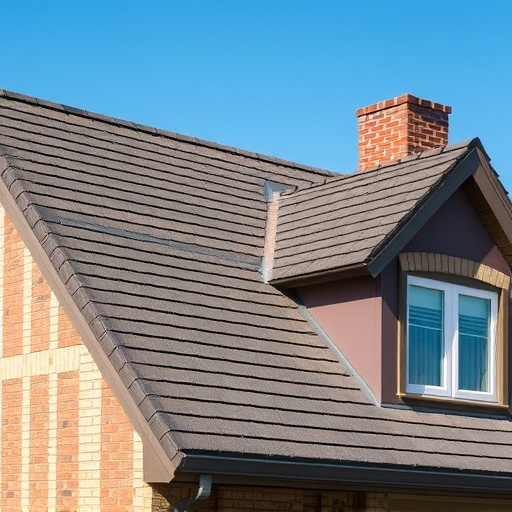
Before beginning any siding repair, it’s crucial to thoroughly assess and prepare the repair area. This involves closely inspecting the damaged or deteriorated siding, identifying the extent of the problem, and taking necessary precautions to ensure a successful fix. Start by clearing debris and loose materials from the area, as these can cause further damage during the repair process. Next, if there are any underlying issues such as rot or water intrusion, address them immediately using suitable home service solutions. This step is essential to prevent future damage and ensure the longevity of your siding repair work.
Additionally, preparing the surface by cleaning and sanding ensures that new siding will adhere properly. Consider the type of siding replacement needed—whether it’s repairing individual boards, replacing entire sections, or even re-sheathing—and gather the appropriate materials, including roofing solutions if necessary. A well-prepared repair area not only enhances the quality of the repair but also reduces the risk of complications and future damage to your home’s exterior.
Choose Long-Lasting, High-Quality Materials
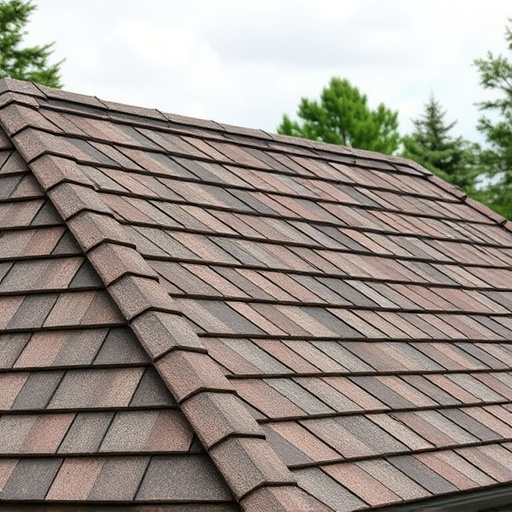
When repairing siding, one of the most important steps to take is to choose materials that are both durable and high-quality. Opting for long-lasting materials can significantly reduce the need for future repairs and save you money in the long run. Look for products that are designed to withstand harsh weather conditions, such as heavy rain, strong winds, and extreme temperatures, as these elements can often contribute to siding damage.
High-quality materials, like vinyl or fiber cement siding, are not only built to last but also offer excellent resistance against pests, mold, and mildew. Additionally, ensuring that your chosen materials complement the style of your home is key. With a range of options available, from traditional wood to modern composite materials, you can find the perfect fit for both functional durability and aesthetic appeal, enhancing the overall value of your property, including these considerations in your siding repair process will prevent future damage and contribute to the overall beauty and longevity of your exterior home improvements, including roofing services and siding replacement.
Ensure Proper Installation for Durability
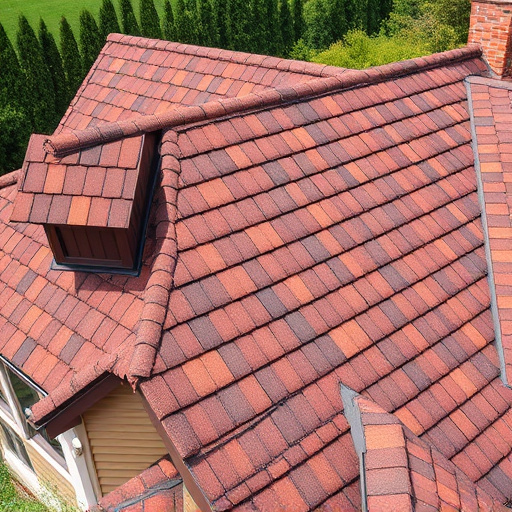
When conducting siding repair, it’s paramount to ensure proper installation for lasting durability. This involves using high-quality materials that are suitable for your local climate and conditions. Proper flashing and sealing around windows, doors, and roof lines are essential to prevent water intrusion, which can lead to rot, mold, and other damage over time. A professional contractor should follow manufacturer guidelines for installation, ensuring seamless integration with your existing structure.
Proper installation extends the lifespan of not just the siding but also interconnected components like residential roofing or commercial roofing. By addressing gaps or misalignments, you mitigate risks associated with extreme weather events, such as high winds and heavy rainfall. Regular inspections can help catch any issues early on, allowing for quick repairs that prevent minor problems from escalating into significant, costly damage.
In conclusion, preventing future damage after siding repair requires a systematic approach. By meticulously assessing and preparing the repair area, selecting long-lasting, high-quality materials, and ensuring proper installation, you can significantly enhance the durability of your home’s exterior. These steps are key to safeguarding against future repairs and maintaining the aesthetic appeal of your property for years to come. Remember, quality workmanship and attention to detail make all the difference in siding repair—invest in your home’s protection today.


